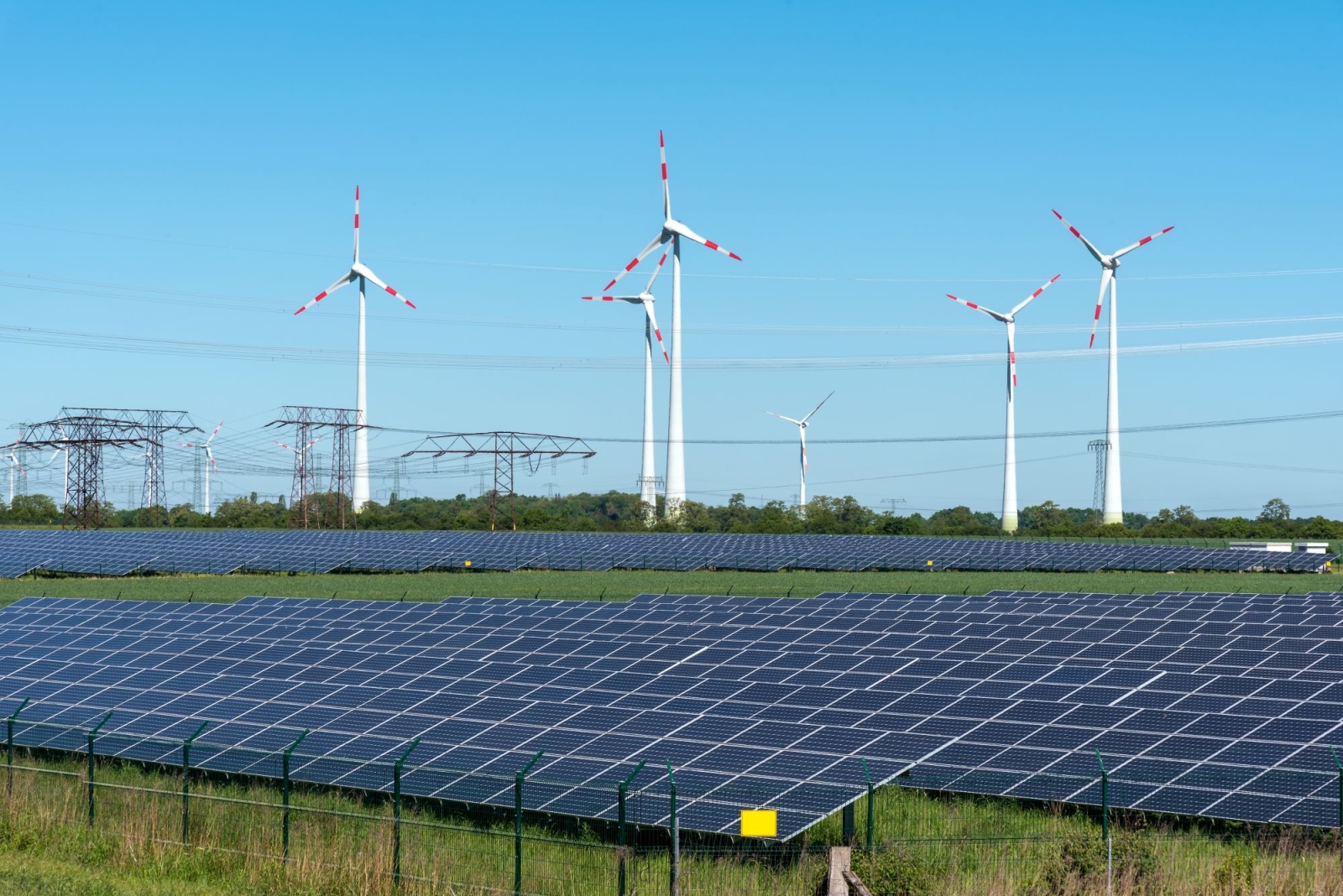We already knew it: the National Energy and Climate Plan (NECP), is far from ambitious. Rather, it is ambiguous on many points, since it refers to " technological neutrality" regarding energy sources. What we didn't know is that if, instead of further holding back, Italy would boldly bet on a greater development of renewables, Italians could save more than 25 billion euros in utility bills from 2024 to 2035.
This is stated by Althesys, an energy and environmental consulting firm, in the report "System governance, the key to transition" presented at Key Energy, the renewable energy fair in Rimini. The latest version of the NECP (June 2023) forecasts for the Italian electricity sector a share of renewables on final energy consumption of 65% in 2030, for an installed capacity of 131 GW and production from renewables of about 228 TWh.
Moving up to 73% ‒ as advocated by environmentalists but also by Elettricità Futura, the electrical companies' association affiliated with Confindustria ‒ would result in total bill savings for households and businesses of 3 billion euros from 2024 to 2030 and 25.1 billion euros from 2024 to 2035.
Besides, the report claims, we would save 1.2 billion euros on the purchase of fossil fuels in the time frame 2024-2030, and as much as 5.1 billion between 2024 and 2035. The costs of purchasing ETS permits for CO₂ emissions by industries and energy producers would drop by 1.7 billion euros between 2024 and 2030, and by 10.4 billion between 2024 and 2035.
The cost of delaying the FER X Decree (Renewable Energy Sources Decree)
In addition to the NECP data, Althesys reports that a delay in the government's initiation of the FER X Decree on renewable incentives (not yet issued by the Ministry of Environment and Energy Security) could result in the loss of nearly 5 GW of renewable electricity generation capacity by 2030.
If the storage facilities were not implemented, due to the delayed or failed launch of the MACSE (Mechanism for the Acquisition of Storage Capacity), renewable generation is expected to be curtailed by 20 TWh, with a loss of 1.5 billion from 2026 to 2030.
Delaying or failing to develop grid infrastructure (which needs to be adapted to fit intermittent wind and solar generation) would result in a cut of between 23 and 28 TWh, for a slashed generation value of between 1.8 and 2.5 billion.
In Italy, renewables have grown by 13%
It is a real shame that there is no serious commitment to support the sustainable energy sector, because despite everything ‒ it is safe to say ‒ the Italian industry of renewable energy continues to grow: by 13.2% in 2023 alone, reads the report “Supply Chains of the Future. The production geography of renewables in Italy” presented at Key Energy by the Symbola Foundation. A study that is a treasure trove of data.
The number of businesses in the sector increased from 33,257 to 37,655, with an average unit size of 9.5. Of these, 74.4% work on photovoltaic, 37.1% on wind power, 23.2% on bioenergy (i.e. biomass and biogas), 17.6% on hydroelectric, 13.0% on geothermal, and 8.1% on solar thermal (the total exceeds 100 because many companies are active in more than one field).
The most prominent are installation and maintenance companies (39.2%), those engaged in energy production (13.8%), trade (12.3%), manufacturing (9.6%), rental and property management (6.4%) and consulting, testing and monitoring activities (6.1%).
The 5 leading regions and the top 10 provincial capitals
The regional distribution of the supply chain is not surprising: more than one-third of the firms are headquartered in Lombardy, Lazio, and Campania, and if Sicily and Veneto are added, the figure exceeds 50%. Lombardy leads with 6,035 firms (16.0% of the national total), followed by Lazio with 4,084 (10.8%). Campania is in third place with 3,490 (9.3%), followed by Sicily with 3,018 (8.0%), and the region of Veneto is very close behind with 2,981 (7.9%).
Finally, the map of the "provincial capitals" of renewable energy in Italy is of particular interest. Rome is at the top, with 3,096 companies (8.2% of the total in Italy), influenced mainly by the presence of businesses specialising in construction, installation, and maintenance operations. Completing the Top 10 are Milan with 2,748 companies (7.3%), Naples (1,569, 4.2%), Bolzano (1,220, 3.2%), Turin (1,098, 2.9%), Bari (989, 2.6%), Brescia (817, 2.2%), Salerno (715, 1.9%), Padua (675, 1.8%), and Bologna (1.8%).
This article is also available in Italian / Questo articolo è disponibile anche in italiano
Image: Envato



